This website is made possible by readers. I may earn a small commission when you buy through the links in this article at no extra cost to you. Learn more.
Details
- Price $195 on butterpatindustries.com
- Dimensions 10 inches (8 inches cooking surface)
- Made in USA
Overview
The allure of cast iron cooking would have tempted most men as they advance in life. The virtues of these heirloom-quality pans are frequently preached about. If you want a piece of cookware that will last forever, holds heat well, and look badass in your man cave, cast iron is the way to go.
Like many, I've gone down this rabbit hole, deep enough that I'm stuck in it. I've been a cast-iron pan user for close to seven years now. Before Borough Furnace was featured on Raw Craft with Anthony Bourdain and gained a cult following, I have been using their 10.5-inch frying skillet almost every day. Apart from my Joyce Chen Wok and an All-Clad Saucepan, it was my only other cookware.
In many ways, Butter Pat reminds me of Borough Furnace. Like Borough Furnace, Butter Pat is one of the few cast iron pan manufacturers that still make their pans by hand in the USA. And it shows.
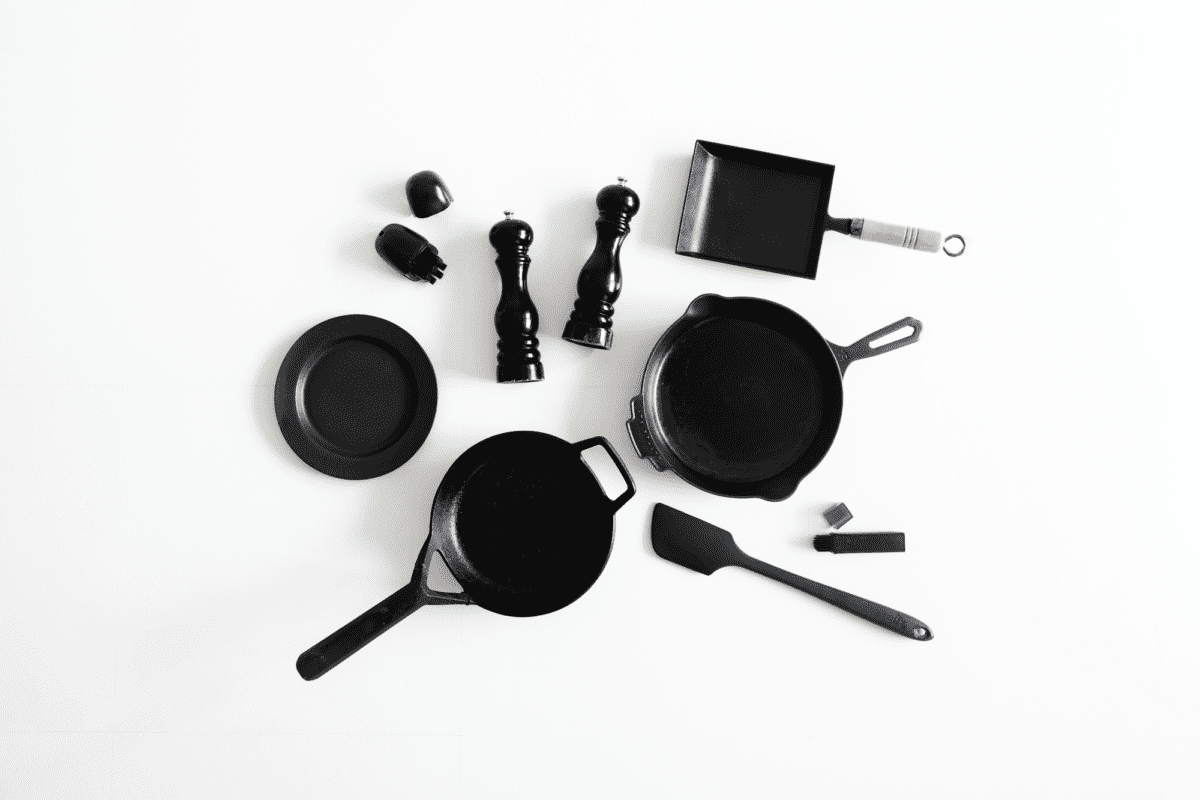
Something snapped in founder Dennis Powell's head when he tragically snapped his grandmother’s skillet. This led him on an epic quest to revive a century-old cast-iron technique that has been buried by mass production and good ol' capitalism.
After much resources, which includes $100,000 of his own money, he finally arrived at this holy grail of a pan. At that point, it would be silly not to try to monetize it after such an investment.
The design for all of Butter Pat's pans is the same, with just differences in sizes. The 10-inch Heather is one of their most popular sizes, as it is the “just right” size for most home chefs' needs, thus the subject of this review.
While some reviews test the pan for a few hours or days, I will test this pan for the rest of my life. This isn't a one-off review. It's a new chapter of my life.
Style
I know that this website focuses on all-black products, but out of the box, Butter Pat's cookware is an almost bronze color.
I'd say it's close enough for me if it gives me a chance to review such a beautiful product. They aren't black or rough like most cast iron skillets because they are based on 1800s foundry engineering manuals to achieve the elusive thin-wall construction.
You will have little time to appreciate this color as the pan will mottle and eventually turn black, not unlike how patina forms on leather products like my NOMAD Shell Cordovan Wallet.
This used to be an ad.
But no one likes ads, so I got rid of them. If my articles helped you, I ask for your support so I can continue to provide unbiased reviews and recommendations. Every cent donated through Patreon will go into improving the quality of this site.
What stands out with the Butter Pat skillets is how smooth they are, so much so that there is a slight sheen that comes off them. The design is an ode to classic 1800s cast iron pan construction.
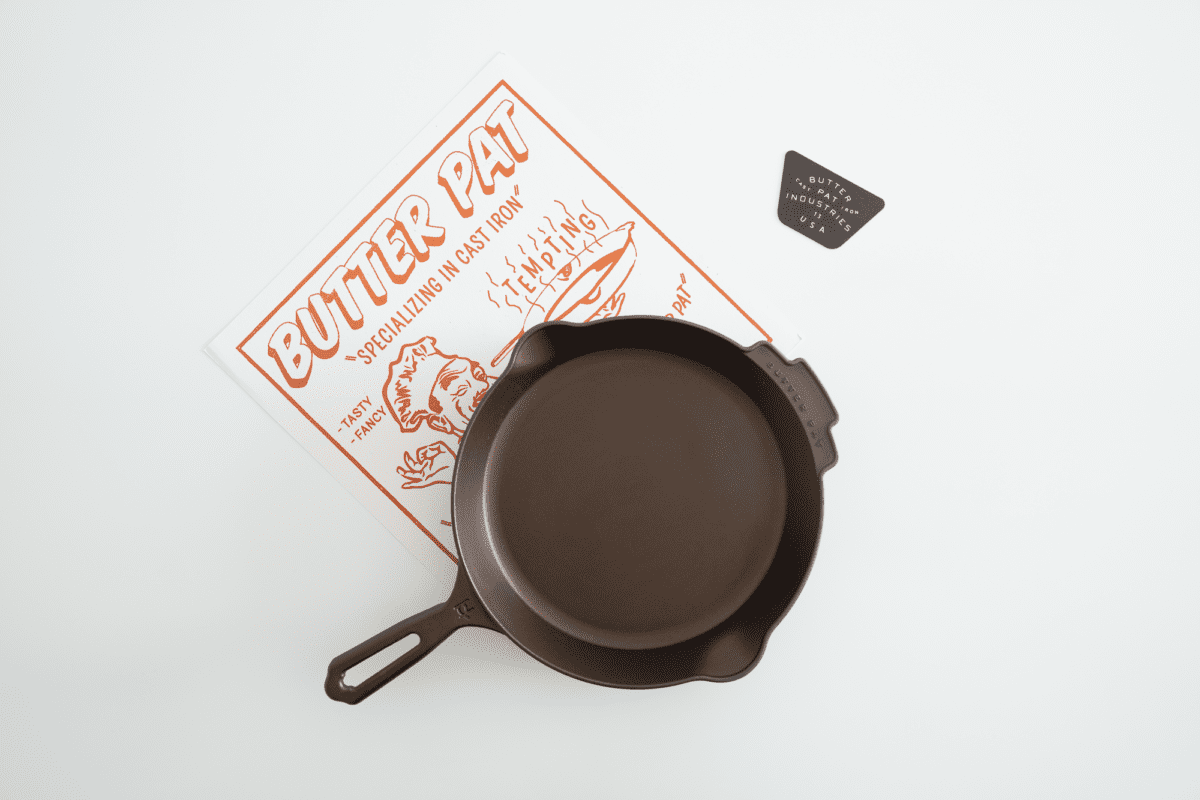
It has a relatively short handle with a hole in the middle so you can hang it up. The initial of the model name is engraved in a script typeface on it. Mine has a letter “H” for Heather.
Across it, there is a Butter Pat logo. There are also two pour spouts on the rims, one across from the other.
The Heather is 10 inches in diameter with an 8-inch cooking surface. Apart from the 10-inch Heather, there are pans in 2 3/4, 8, 12, and 14 inches. I found the size of the Heather just right but would love to try out the 12-inch Joan in the future. The 14-inch Lili looks way too big for a consumer's kitchen and looks like it belongs to a meal prep kitchen or catering service.
Material
If you've come across enough cast iron cookware, you'll notice two different types of finish on them. Most lower-cost pans like the ones from Lodge come with a rough texture, while Butter Pat's pans are smooth as baby's bottom.
Once upon a time, cast iron pans were almost all made by hand, taking at least three days for a single piece. This allowed for more intricate designs and a thinner, lighter pan. The pan is then polished to a super-smooth, satin-like finish and sold unseasoned to the consumer.
The hand-made process soon gave way to mass production, where the polishing step was taken out altogether. Dropping this step made the production quicker and cheaper. Another benefit was that the rougher surface made it easier to season as there are more indents.

On the other side of this hotly debated topic among cast iron aficionados, the purists would tell you smooth pans are still the best type because of their unbeatable non-stick properties and artisanal element. Some would go as far as to hand-sand their Lodge pans.
I designed a thing.

I found a 100 year old company that would create these heirloom quality canisters for me. They are handmade and will keep your tea leaves, coffee beans or anything that you need dry for years to come.
or read review
It's not hard to imagine which camp Butter Pat is from since they started their business by asking themselves, “How do you cast iron as thin and smooth as those great American foundries once did in the late 1800s?”.
And they soon found that this wasn't possible with machine casting. It was only after years of prototyping, experimenting, and creating their own casting technologies along the way, did they manage to create the Butter Pat series of pans.
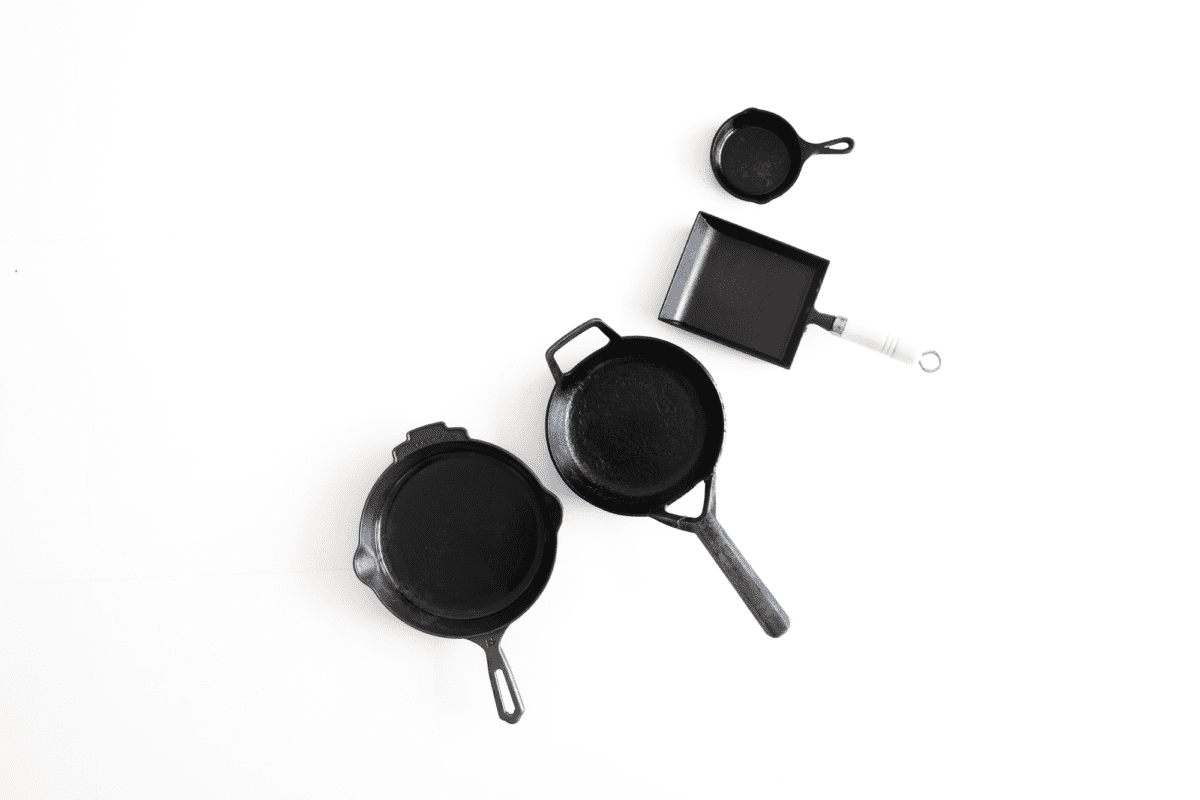
Rather than casting the pan in thicker casting and then grind it down, they cast it as thin as grey iron can be cast. This is so that you don't get fine ridges on the milled surface that tend to cause food to stick.
They finish this process off with a secret peening process to achieve that unique velvety feel that can only be found on vintage skillets.
It takes about 21 days, passing by 41 hands, to make a Butter Pat pan. These pans are as artisanal as it gets.
The result is a significantly lighter pan with a smoother surface, free of any machining marks. The casting method and the hollowed-out handle bring the Heather skillet to just a tad over 4.5 pounds, about a pound lighter than run-of-the-mill skillets of that size.
Usage
The whole rage about smooth surface pans is about how non-stick they are, so I wanted to see if the food would stick on first use. Even if pans come pre-seasoned like Butter Pat ones, you would almost always have food stick on the first use.
With a generous amount of oil, I fried an egg and a slice of spam. While it wasn't entirely non-stick on the first use, it was surprisingly easy to remove any food from it. My verdict was that it was non-stick enough for me and definitely much more non-stick than Borough Furnace's frying skillet's first time.
The pan also comes with a plastic scraper to help you remove any stubborn remnants. I have a metal cast iron cleaning chain to help me clean up when salt and paper towels don't cut it. However, I ended up using the scraper much more than I expected as it's kinder to the cooking surface.
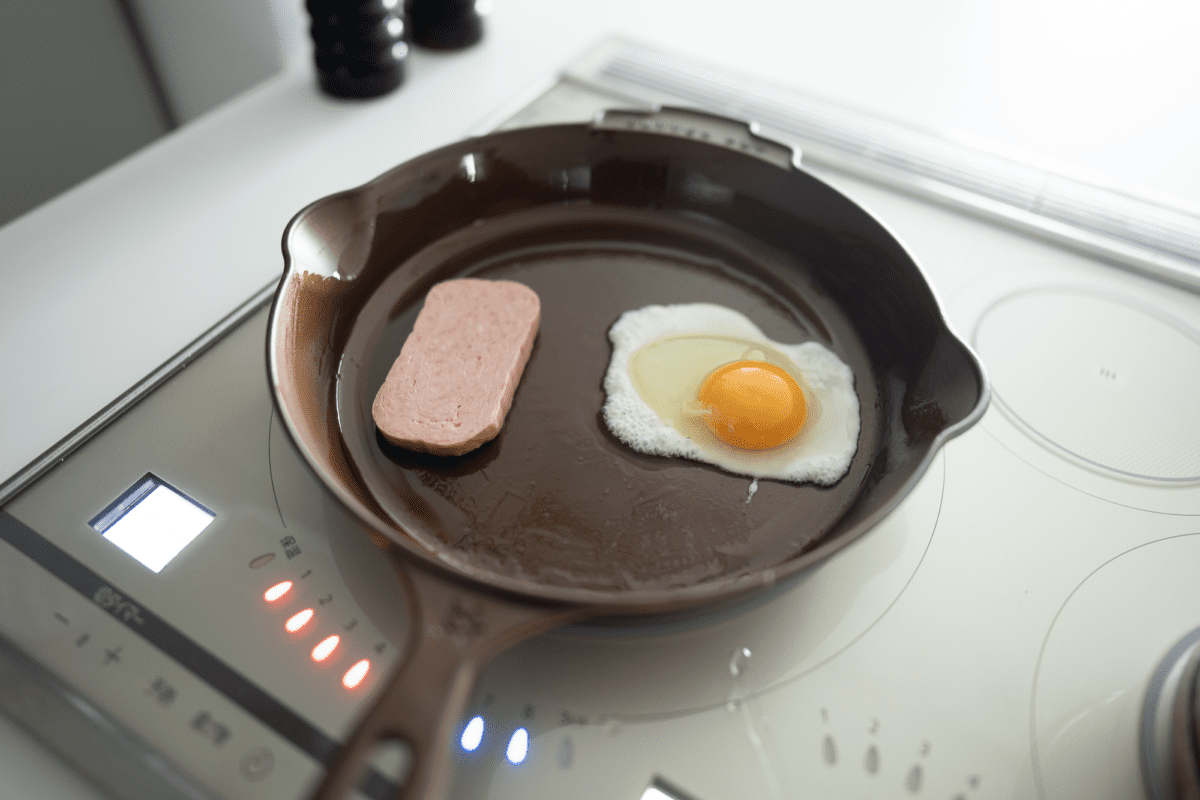
You'll likely notice some black spots forming on the cooking surface from the first use. This is natural as layers of oil polymers are building up, resulting in the desired seasoning and turning it black.
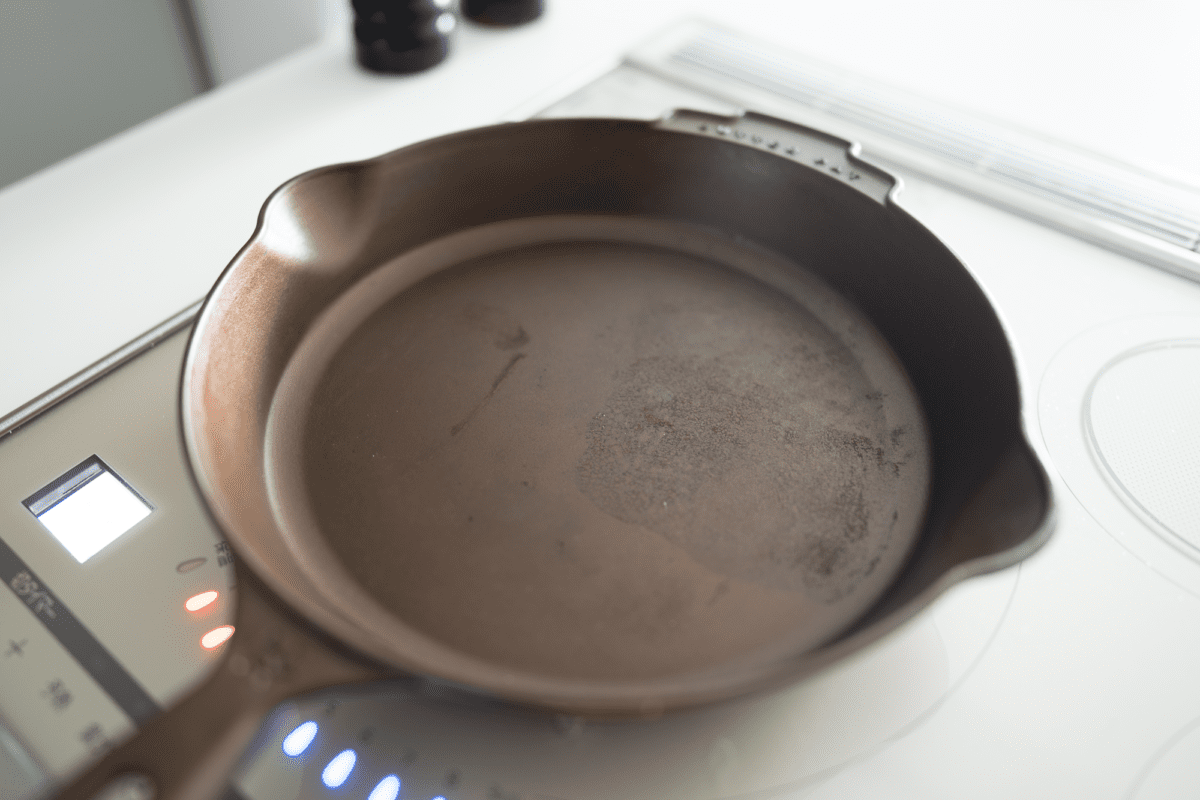
After about the fifth use, the pan became virtually non-stick, with scrambled eggs coming off it with a single wipe with a kitchen towel.
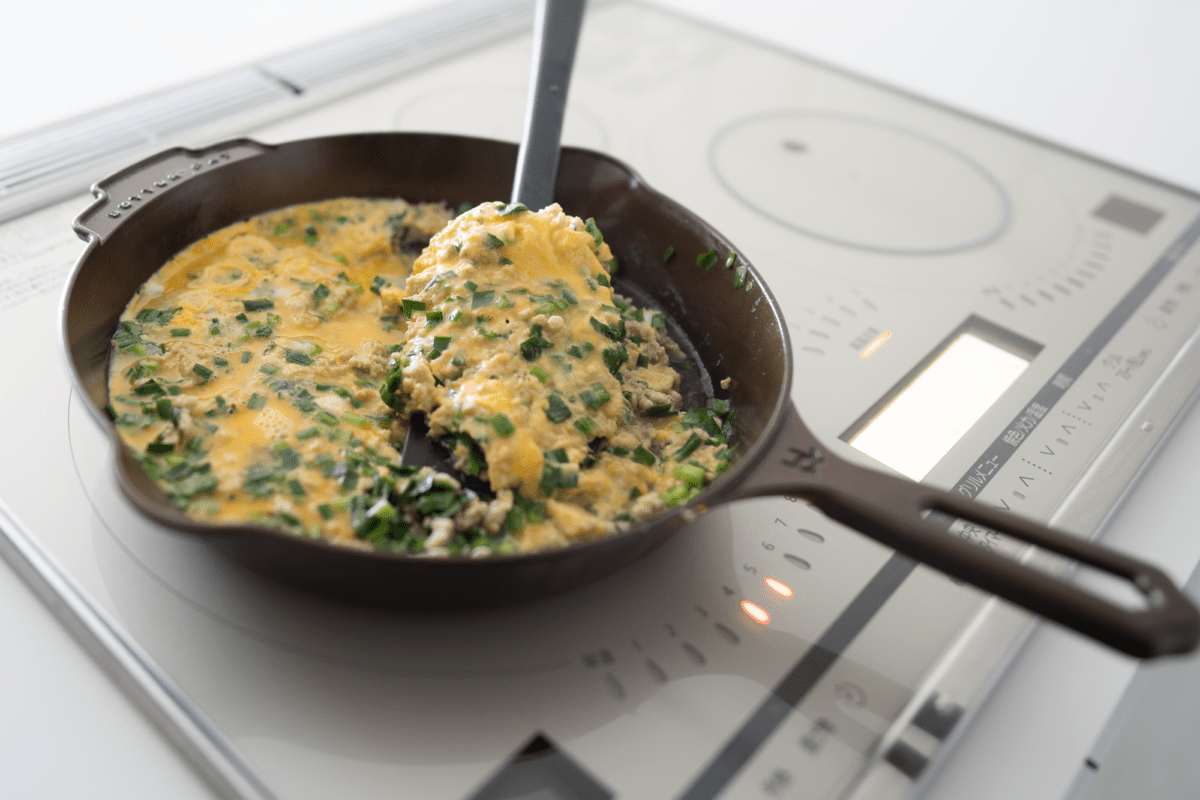
This is, of course, with religious after-use maintenance, which consists of the following steps
- Wash off food with hot water, with soap if necessary. If there isn't any food sticking to the pan, a quick wipe down with a paper towel will do. Try to do so immediately after cooking.
- Heat the pan to dry if you had to wash it down in step 1.
- Apply a thin layer of oil. I use canola oil, although many enthusiasts swear by flaxseed oil.
- Heat it till its smoking point. I usually set a timer of about five minutes for this. If the oil looks too thick after this step, I'll give it a last wipe down.
Compared to cheaper cast iron pans, what is noteworthy about Butter Pat's pans is how evenly it heats up, offering some impressive steak sears.
Most cast iron pans do not offer accompanying covers but I have no idea why. Butter Pat does offer a glass lid made of borosilicate glass.
Another thing is I wished for a longer handle. The pan feels heavy, and I cannot hold it up for more than 20 seconds or so, which sometimes is necessary if I am trying to transfer food into multiple plates. A longer handle will give me a better grip and reduce the risk of me dropping it. Dropping it onto my glass-covered induction cooker will surely be disastrous.
Butter Pat Heather vs Borough Furnace Frying Skillet
While I loved my Borough Furnace skillet, it lacked some features that I needed to be the only pan I use. First of all, it was too shallow and small. While I could deep fry some crispy chicken in it, the mess from oil spillage was something I dreaded each time.
The depth and the angle of the sides of the pan also made it impossible for me to flip food, something I often do with fried rice. The Butter Pat Heather filled those gaps and was enough to be the only pan I use. The depth made it great for deep frying, and the pour spout also made it easy to pour out excess oil after.
The pan is pretty heavy to flip food but still manageable if you aren't doing it too vigorously and frequently. It was a little too heavy for my SO to do so, and there is a risk that it would smash onto my IH stovetop when not properly controlled. Of course, this was compared to the much smaller and shallower Borough Furnace 9″ Frying Skillet.
The only advantage that the Borough Furnace pan has over Butter Pat is the design of the handle, which prevented the handle from getting too hot to touch. This feature is surprisingly uncommon. It seems that everyone who uses cast iron pans has come to accept that burning their hands occasionally is a risk they have to live with.
Conclusion
There is something special about Butter Pat's pans. It could be the century-old technique, the hand-cast quality, the quirky vintage branding, or probably the magic combination of all of those. But something tells me the Heather is a pan that I will be passing onto the next generation.
The main consideration for most would be the cost. Can you, a home chef, justify spending that amount of money on a cast iron pan when there are $50 Lodge ones that will likely do the job?
For me, the answer is yes. However, the caveat here is that you would have to be someone who has spent enough time around cast iron pans to appreciate the beauty and craft that Butter Pat's pan has to offer over mass-produced ones.
If that isn't enough, their 100-year warranty should be enough to put your mind to rest that the amount you pay is going to pay off for the rest of your life.
Additional Images



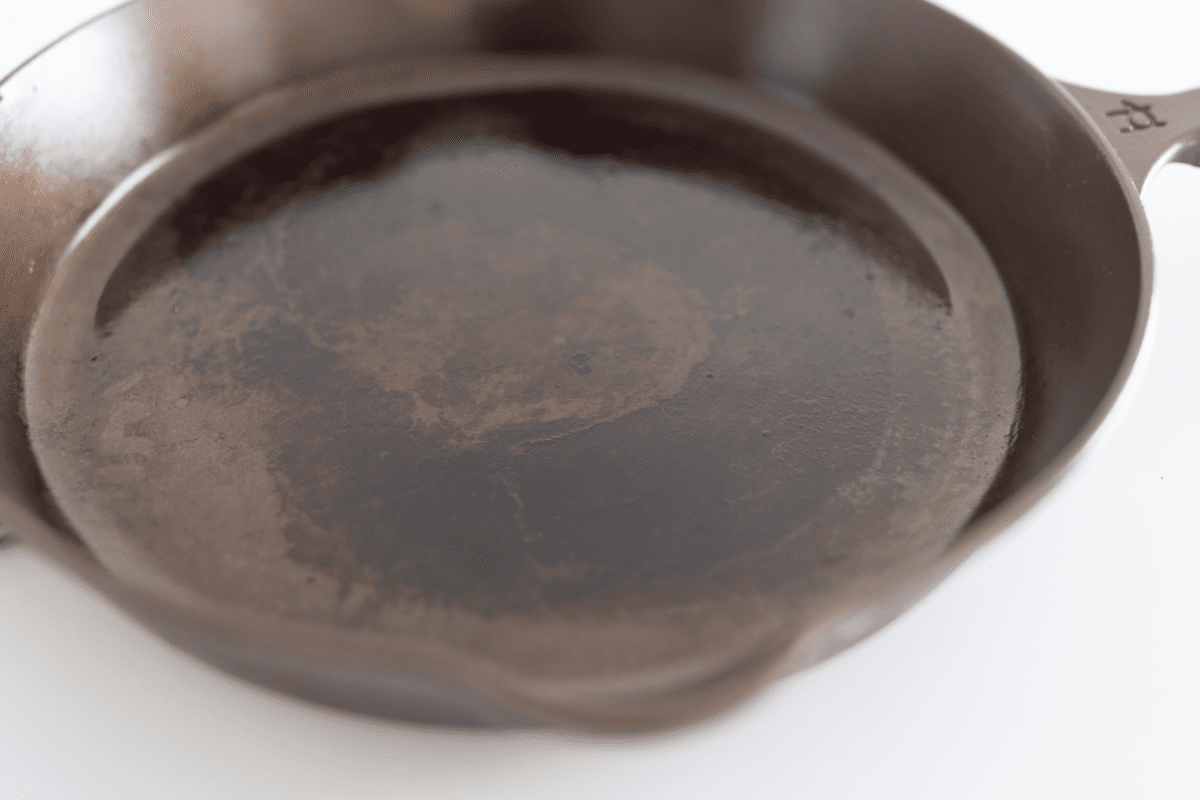

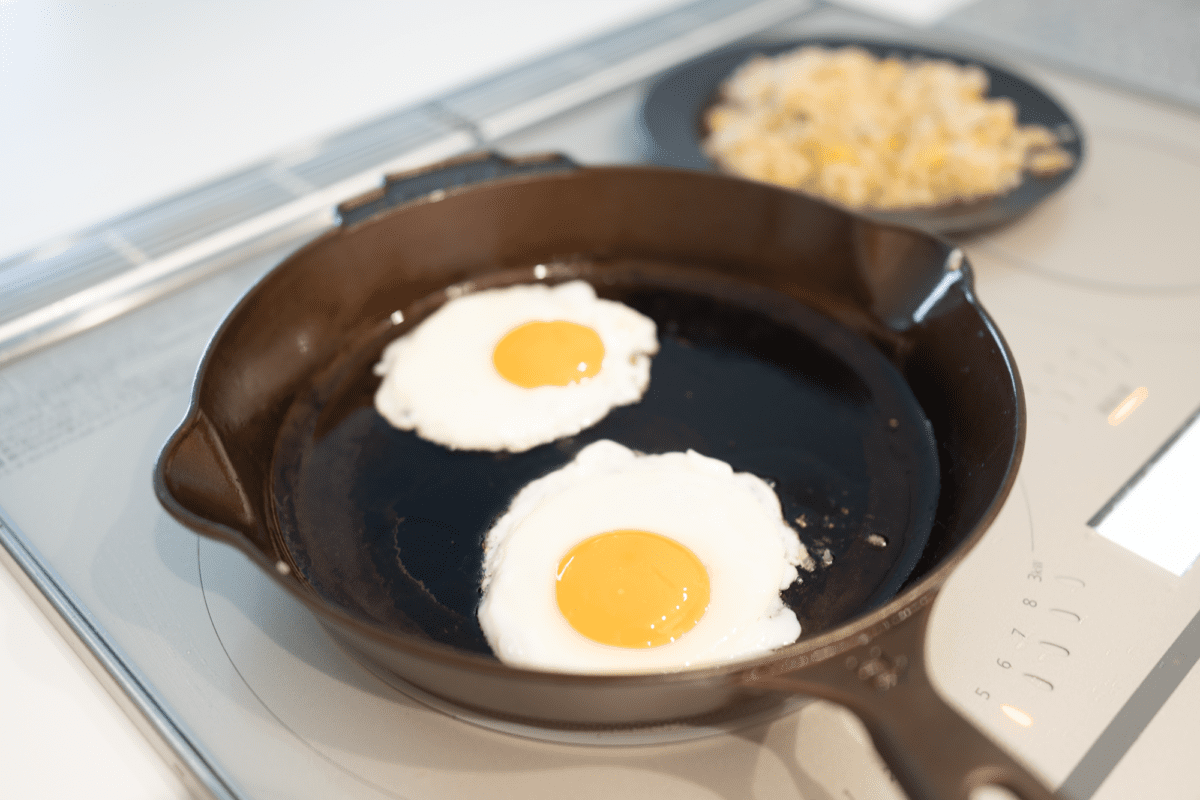
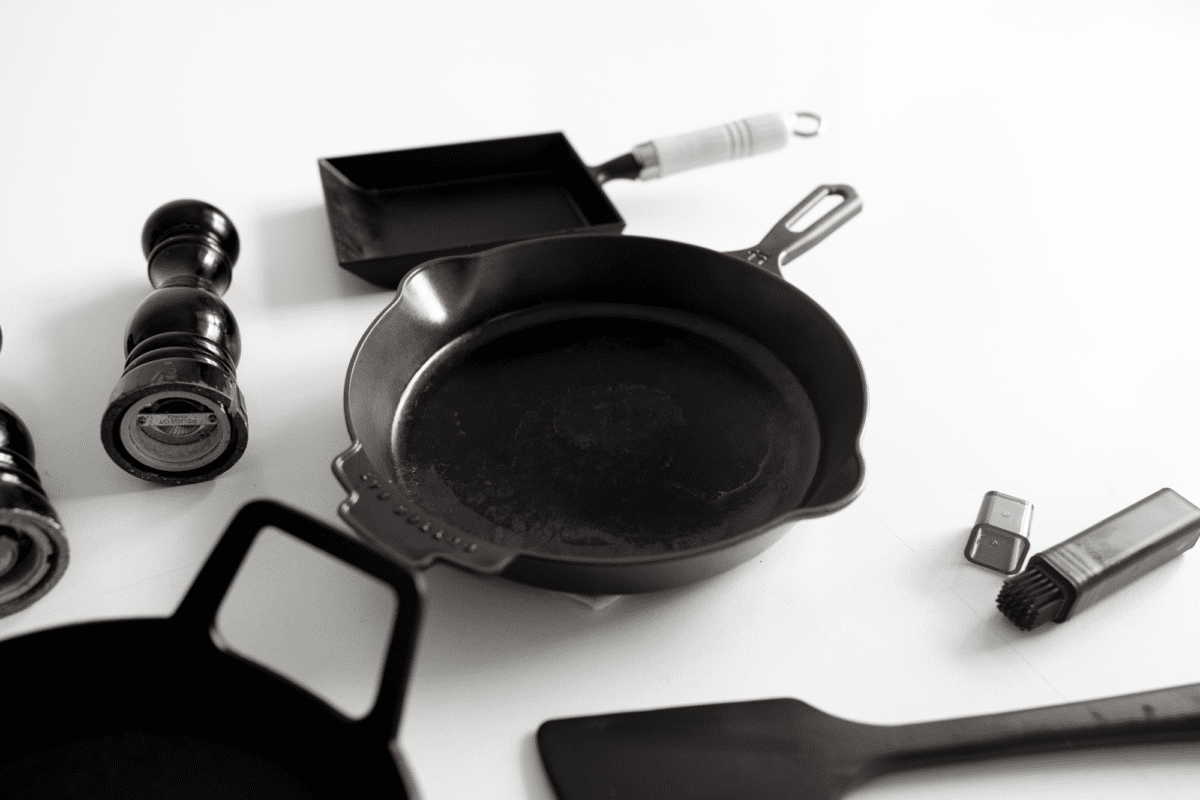

Like this review? See all of my in-depth reviews.
Also, consider supporting me by being a Patreon. Every cent given will go back into improving the content of this website.